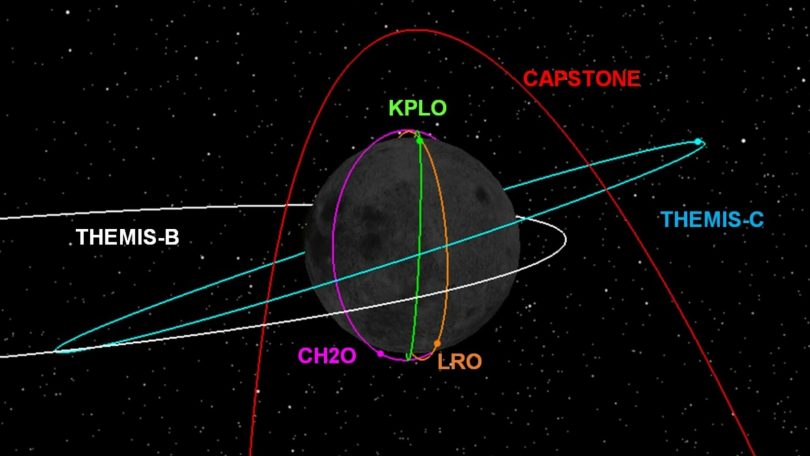[ad_1]
Chandrayaan-3 aims to attempt a soft landing on the lunar surface on August 23. Coinciding with this, Russia’s recent moon mission, Luna 25, also anticipates its touchdown during the same time. However, the moon is already bustling with various ongoing missions, ranging from orbiters to landers and rovers.

ALSO READ: Meet Chandrayaan-3’s Russian competitor. Launch on Friday, but could reach Moon sooner
An overview of active lunar exploration missions:
As of July 2023, six lunar orbiters remain operational, according to Indian Space Research Organisation or ISRO.
(i) The National Aeronautics and Space Administration or NASA THEMIS mission’s two probes, now known as Artemis P1 and Artemis P2, have been repurposed under the Artemis initiative, maintaining eccentric orbits of low inclination.
(ii) NASA’s Lunar Reconnaissance Orbiter (LRO) traces a nearly polar, slightly elliptical path around the moon.
(iii) ISRO’s Chandrayaan-2 and Korea Pathfinder Lunar Orbiter (KPLO) both navigate polar orbits at an altitude of 100 km.
(iv) NASA’s Capstone follows a 9:2 resonant southern L2 NRHO trajectory, flying over the lunar North pole at an altitude of 1500-1600 km and the South pole at approximately 70,000 km away.
Spacecraft Ouna from Japan’s Kaguya/SELENE mission in 2009 and India’s Chandrayaan-1 launched in 2008 are no longer functional.
All the other orbiters have been either moved out of the moon-bound orbital regime or have landed/impacted the lunar surface, either deliberately or due to failure to land softly. China’s Queqiao, a data relay satellite for the Chang’e 4 mission, shifted to a halo orbit near the Earth-Moon L2 point after its launch in 2018.
Lander on the lunar surface
Presently, China’s Yutu-2 rover, dispatched by Chang’e 4, stands as the sole operating rover on the lunar surface, actively exploring the far side of the moon.
ALSO READ: How will India’s Gaganyaan crew return to Earth? ISRO shows key parachute test | Watch
With so many missions, isn’t there is danger of collision?
In the Moon’s orbit, there are several spacecraft, as shown above, which sometimes come very close to each other due to their overlapping paths. This can even lead to situations where they might collide, so collision avoidance manoeuvres are taken to avoid this uncertainty, says ISRO. The Indian space agency informs that Chandrayaan-2 has made three collision avoidance moves to prevent close encounters with LRO and KPLO.
“Effective coordination is taking place among the agencies to avoid critical conjunctions in the Lunar orbit. For the Chandryaan-3 mission, the propulsion module is expected to orbit around the moon in a circular LLO of about 150 km altitude for many years to come,” ISRO said in a statement.
Chandrayaan-3 tracker: What is the current status of the Indian moon mission?
Chandrayaan-3 has reached even closer to the moon’s surface. The spacecraft’s orbit is reduced to 174 km x 1437 km following a manoeuvre performed on Wednesday.
According to Indian Space Research Organisation (ISRO), the next operation is scheduled for August 14, 2023, between 11:30 and 12:30 Hrs. IST.
[ad_2]
Source link








